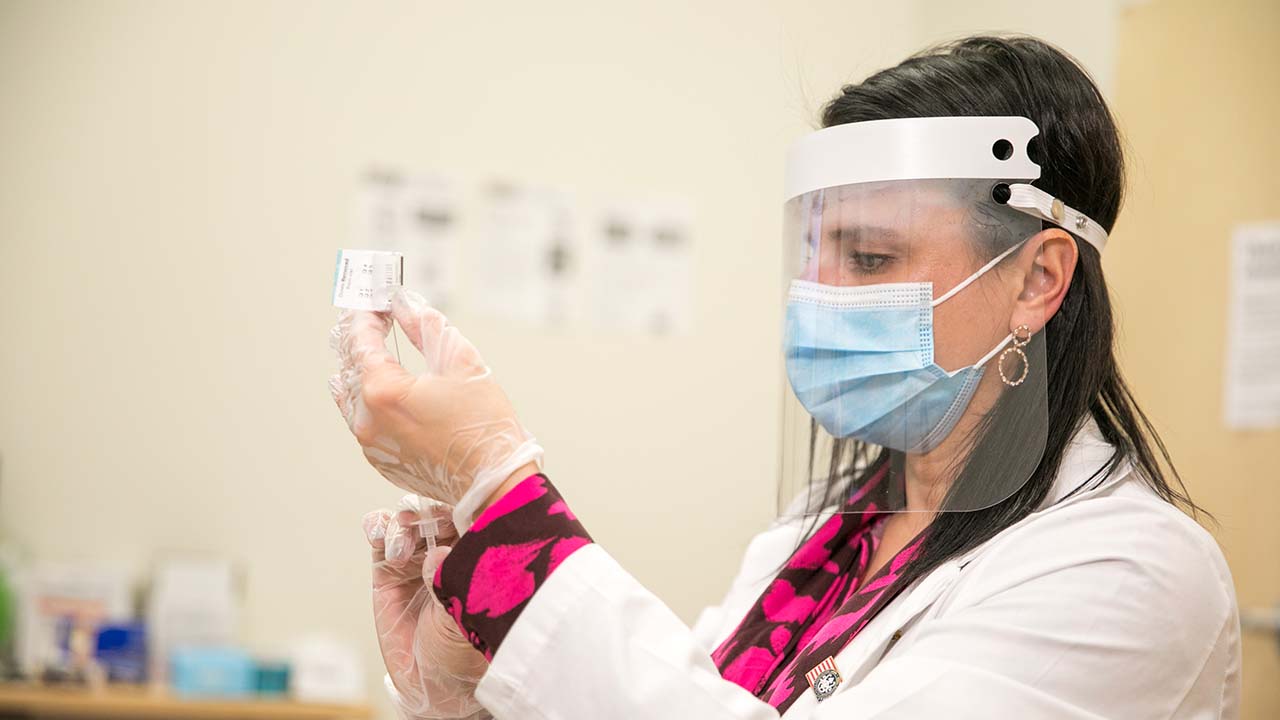How Public Health Shifted Away From the Public — and Why It Might Be Shifting Back
As medicine became more clinical and research-based, public health shed its broader mission of enhancing local social infrastructure for the betterment of all.

These days, public health crises are common. The Flint water crisis made global news, highlighting how attempts to cut costs on basic services like clean water led to high levels of lead in the water. Crisis lead levels in water, breathing unclean air and not having access to safe areas to play are a daily reality for many.
“Health wasn’t just a matter of choice, health really depended on being able to work in good conditions.” — Amy Fairchild, College of Public Health at Ohio State University
And when the COVID-19 pandemic first hit, many public officials were caught off guard. According to some recent scholarship, public health programs once focused more on public infrastructure and the health of the most vulnerable in society.
Listen: How the field of public health stopped focusing on public infrastructure projects that help protect all of us from sickness.
Guests
Amy Fairchild is the dean and professor at the College of Public Health at Ohio State University. She says public health officials used to be more focused on broader systemic issues, including housing, labor and environmental reforms, she says. In the early 20th century, those who worked in public health were concerned about the broader environments in which people resided. “Health wasn’t just a matter of choice, health really depended on being able to work in good conditions,” she says. “It depended on having a room in a tenement house. It depended on having some kind of density control in tenement houses. It depended on having clean water.”
Recently, Fairchild says there is a shift to focus on health equity, but still most funding from the National Institutes of Health, for example, does not go to preventive measures.
Tricia Miranda-Hartsuff is a public health associate professor at Wayne State University. She says the public health field is now changing, in general, to focus on larger structural issues, including institutional racism and poverty that can help create trauma. But, she adds, that even the notion of “health disparities” is new to much of our collective understanding of how health issues manifest in communities, and that left us unprepared to keep vulnerable people safe from the pandemic when it first struck. “What we saw with COVID was this exaggeration of health disparities that had already been prevalent,” she says. “We already knew that certain populations had less access to care, had poorer quality of care.”
Trusted, accurate, up-to-date.
WDET strives to make our journalism accessible to everyone. As a public media institution, we maintain our journalistic integrity through independent support from readers like you. If you value WDET as your source of news, music and conversation, please make a gift today.
